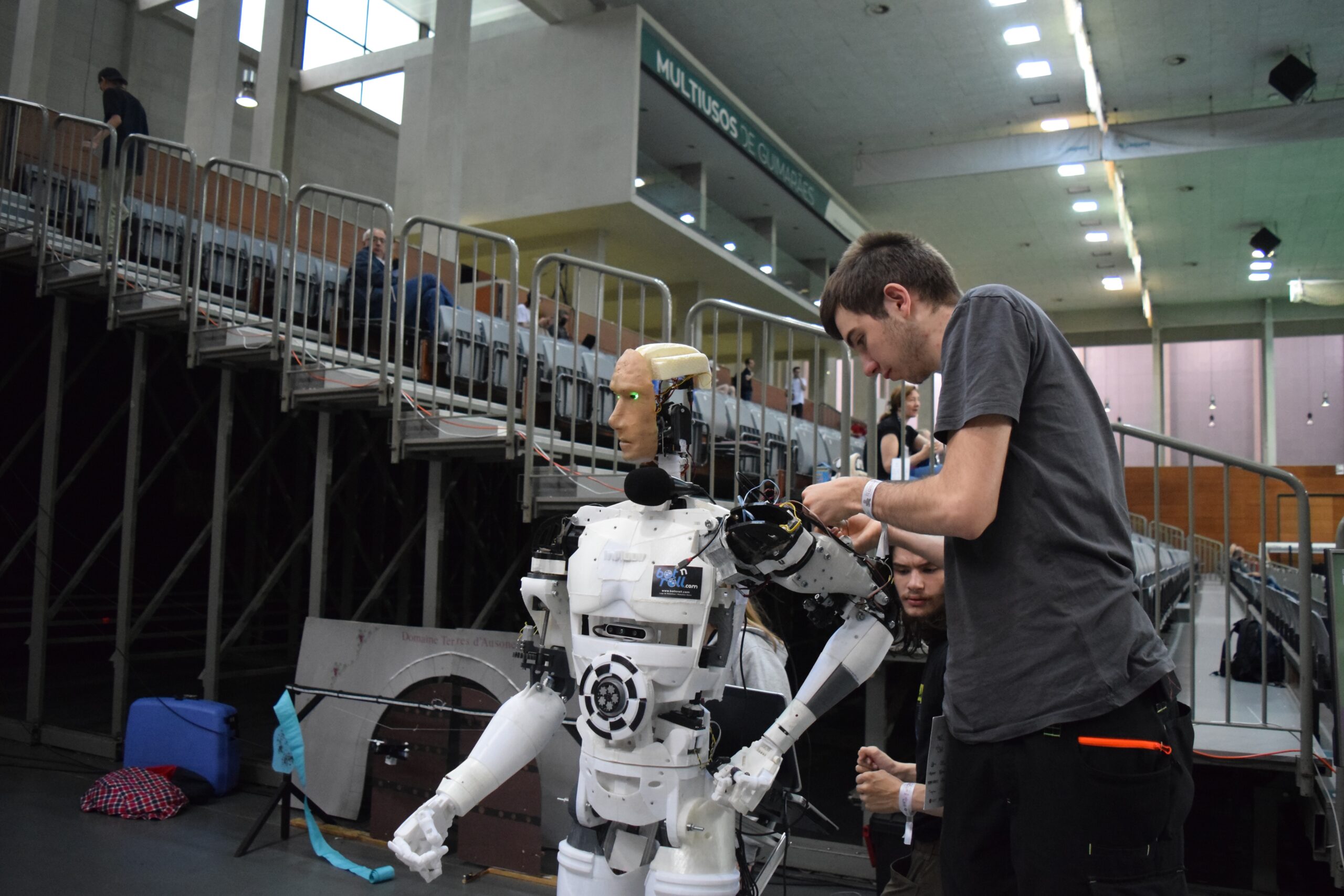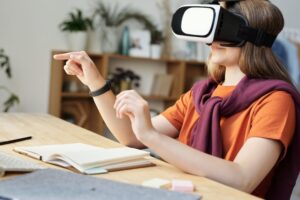
You never know what will come into the classroom next, whether it’s augmented reality mathematics or AI robots tutoring students. Teachers need tech to keep students’ attention and increase efficiency, but it’s common knowledge that countless AI models are still in early development. Are there consequences to trusting technically unfinished AI in education too soon? Do they provide more utility as educational resources than the unknown biases could harm learners?
“Schools are under more pressure than ever to implement as many advanced and creative technological aids for students deeply invested in digital worlds, so AI is a natural progression.”
First, Can Humans Trust AI?
Adults want to protect their students, providing them with the most nourishing and safe educational environment possible. Introducing AI imprints a new trust issue in classrooms that extends far past worrying about students getting the common cold — data security. AI collects data because that’s what it’s optimized to do to improve.
Students are ideal for feeding machine learning algorithms because of their unparalleled curiosity. Still, there are concerns about whether schools can trust AI to handle student data responsibly — a worry with multiple perspectives. With cyberattacks on the rise and schools known for lacking cybersecurity, parents question if their child’s privacy is a priority over installing the shiniest new piece of technology to have a modern classroom.
Adversely, it’s questionable how students would inform AI, depending on whether the model is supervised. How could biases or potentially harmful content seep into the algorithm that eventually funnels back to students?
Additionally, educators have to assert that AI needs improving. Teachers will have a responsibility to embed this into lessons and curricula. Otherwise, parents and guardians will not have any justification to develop trust in AI.
“Students should learn to question AI accuracy, especially with patterns like deep fakes and hallucinations that make some generative AI report inaccurate answers as much as 41% of the time.”
How Is AI an Educational Resource?
AI is sometimes invisible and used without direct acknowledgement. Countless websites and apps use AI in their coding and users are blissfully unaware of how it improves their experience. It forces you to wonder if humans have already developed an unintentional trust with AI — or if it’s complacency. Regardless, it’s unsurprising that there are so many ways to implement AI in education and produce benefits for teachers and students:
- Tutoring: Saving teachers resources and empowering students to seek help without potential shame
- Grading: Giving teachers more time to invest in themselves or fill out lessons
- Scheduling: Helping connect teachers, parents and students with automation
- Gamification: Making education more pleasurable and engaging
- Sensory assistants: Adding more audio-visual aids for students of all types
- Group assignments: As AI proves it can align compatible individuals to specific projects with accuracy
- Data analytics: For teachers to have a more comprehensive understanding of individualized learning journeys without tedious and mentally draining personalized observational note-taking
Ultimately, trusting AI in classrooms comes down to how teachers instil a precedent for the relationship. There’s a duty to explain its helpfulness as an educational tool. It can provide more profound and varied perspectives on the world while increasing agency and confidence in students.
What Are the Side Effects of AI in Education?
Regardless of whether educators or parents trust AI, the reality is classrooms have embedded it worldwide. The best way to adjust to this lifestyle and educational shift is to understand the byproducts of the installation. How can everyone simultaneously prepare for the worst-case scenario of trusting AI and the powerful boons?
First, teachers and guardians must anticipate student interactivity to change. AI can make students more independent but also make them avoid or be less attracted to natural interactions. It may feel more second nature to choose an AI interaction that feels near-human instead, changing group and classroom dynamics. Some could argue this is a benefit, encouraging students to embrace the technological revolution.
Others could say it will detract from authentic human relationships, endangering their education by eliminating a core component — connection, replaced by potentially overestimated AI. Can educators trust AI tools to teach students of all ages to find a balance?
Trusting AI to Encourage Education
AI tools in education can optimize and encourage more significant learning potential. However, parents and educators have a right to be skeptical of their influence on student data or interpersonal relationships.
Whether the tools are ready to be trusted and used is almost a moot point because humans have already adapted them to the end of no return. Therefore, the best way to acclimate now is to establish healthy relationships with technology and encourage students — and teachers — to be curious yet wary of AI capabilities.
“Too much distrust can detract from AI’s educational potential, but unyielding dependence could prove just as damaging.”
- SEO Powered Content & PR Distribution. Get Amplified Today.
- Platoblockchain. Web3 Metaverse Intelligence. Knowledge Amplified. Access Here.
- Minting the Future w Adryenn Ashley. Access Here.
- Source: https://www.aiiottalk.com/ai-tools-ready-to-be-trusted-as-educational-resources/














